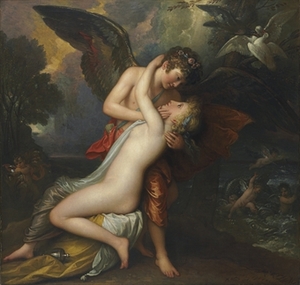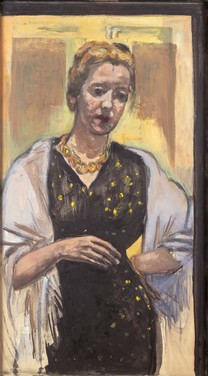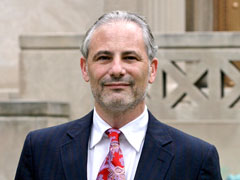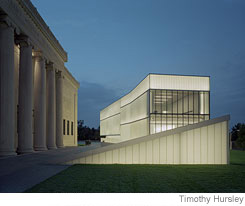 There is sad news in the antiquities world this morning: Donny George, former director general for the Iraqi Museums (2003-2005) and former Chairman of the Iraqi State Board of Antiquities and Heritage (2005-2006), died yesterday, apparently of a stroke.
There is sad news in the antiquities world this morning: Donny George, former director general for the Iraqi Museums (2003-2005) and former Chairman of the Iraqi State Board of Antiquities and Heritage (2005-2006), died yesterday, apparently of a stroke.
He was in Toronto to give a lecture.
George has been a visiting professor of archeaology at SUNY-Stonybrook since being forced to leave Iraq. He was known for saving much of Iraq’s cultural heritage, helping to recover hundreds of artifacts stolen from the Baghdad museum in the Iraq war.
His bio is here.
When there is an obit, I will post. In the meantime, here are two reports covering two speeches he gave on the Iraq situation (here and here).
UPDATED: Here’s the link to his obit in The New York Times.
Photo Credit: Courtesy of SUNY-Stonybrook.


 This week, director Don Bacigalupi spilled some of the beans when he addressed about 500 tourism executives at the Arkansas Governor’s Conference in Little Rock. Come Nov. 11, opening day, the museum will apparently be organized around four themes that emerged during the last few years as Walton made her purchases for the collection — which are ongoing.
This week, director Don Bacigalupi spilled some of the beans when he addressed about 500 tourism executives at the Arkansas Governor’s Conference in Little Rock. Come Nov. 11, opening day, the museum will apparently be organized around four themes that emerged during the last few years as Walton made her purchases for the collection — which are ongoing. 

 Aaron Betsky, left, thinks so.
Aaron Betsky, left, thinks so.  “I would argue,” he writes, “…that American art museums currently do things in too fancy a manner.” He cites the 200,000-sq. ft. Museum Aan de Stroom museum, which will open this spring in Antwerp, as a contrast: It cost $50 million.
“I would argue,” he writes, “…that American art museums currently do things in too fancy a manner.” He cites the 200,000-sq. ft. Museum Aan de Stroom museum, which will open this spring in Antwerp, as a contrast: It cost $50 million.